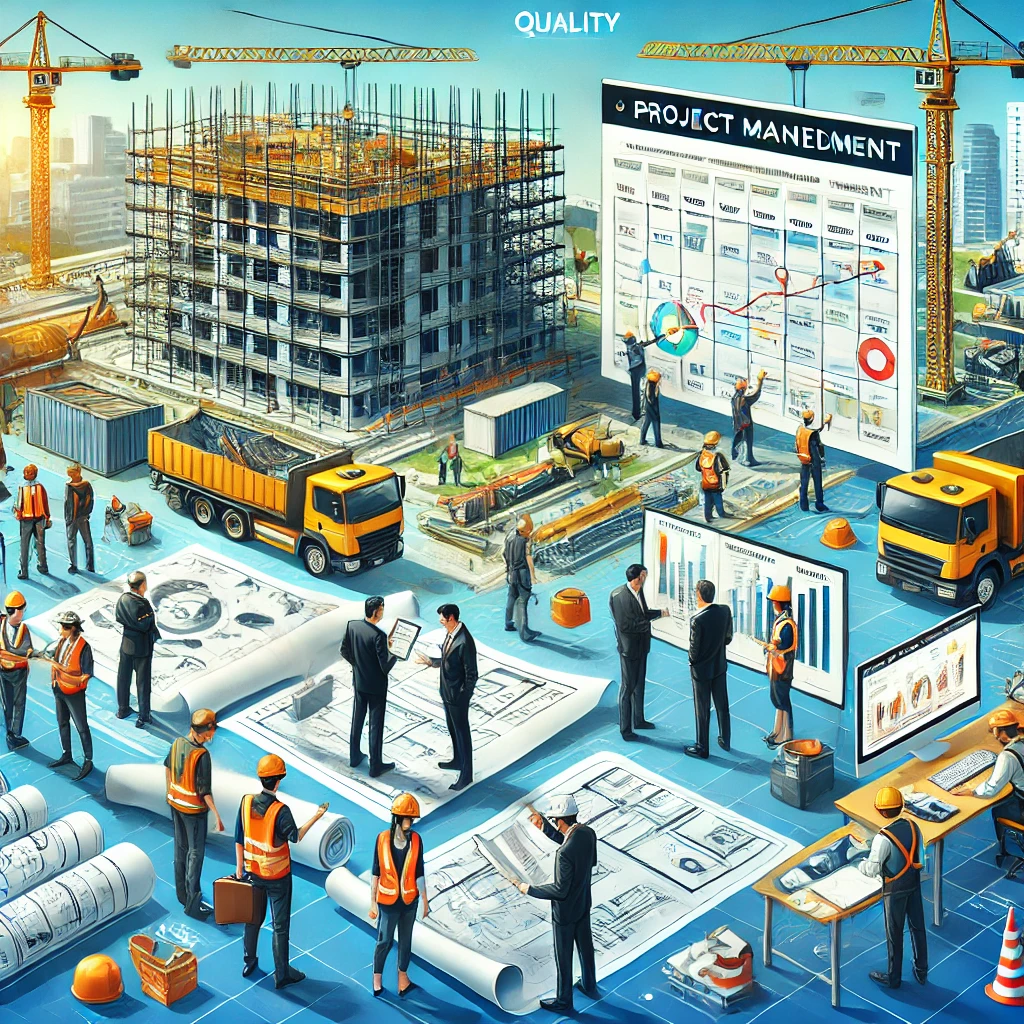
Project Management and Design coordination services
These services are pivotal for ensuring the successful execution of construction projects, from concept to completion. They encompass the systematic planning, organization, and management of resources, along with seamless collaboration between design teams and construction teams. Here's a detailed breakdown:
Construction Project Management
Construction project management focuses on delivering a project within the defined scope, time, and budget while maintaining quality standards. Key components include:

Project Planning and Scheduling
- Scope Definition: Outlining the project objectives, deliverables, and milestones.
- Work Breakdown Structure (WBS): Breaking down the project into manageable tasks and phases.
- Timeline Development: Creating detailed schedules using tools like Gantt charts or critical path method (CPM).
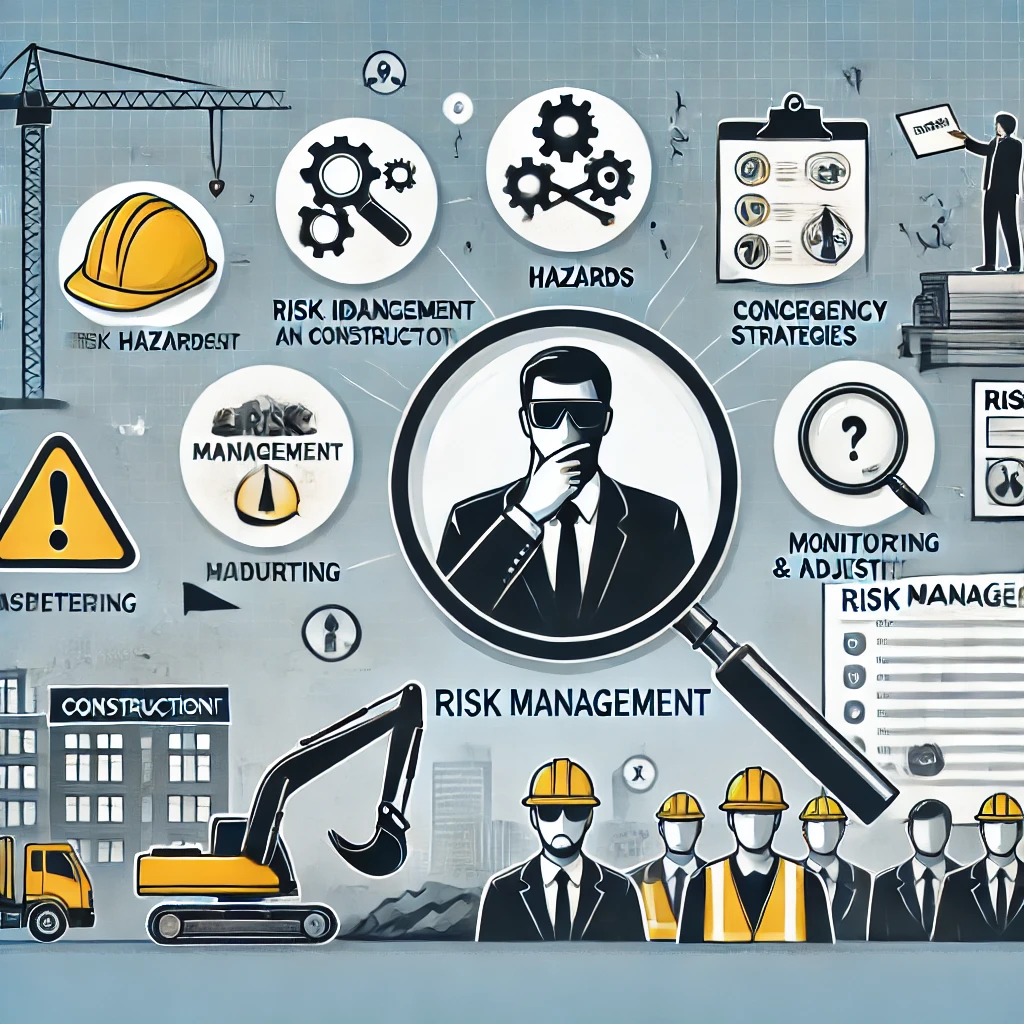
Risk Management
- Risk Identification: Anticipating potential issues such as delays, cost overruns, or quality concerns.
- Mitigation Strategies: Developing contingency plans to address identified risks.
- Monitoring and Adjustment: Continuously assessing risks throughout the project lifecycle.

Quality Control and Assurance
- Standards Compliance: Ensuring all construction activities meet regulatory and client standards.
- Regular Inspections: Conducting periodic reviews to maintain quality across all phases.
- Defect Rectification: Addressing any quality issues promptly to avoid long-term problems.

Stakeholder Communication
- Regular Reporting: Providing updates to clients, contractors, and other stakeholders.
- Coordination Meetings: Facilitating discussions to resolve issues and align on project goals.

On-Site Management
- Supervising daily construction activities to ensure adherence to plans.
- Managing subcontractors and suppliers for timely execution.
- Monitoring safety protocols to ensure worker and site safety.
Design Coordination Services
Design coordination bridges the gap between architects, engineers, and contractors, ensuring that designs are practical, feasible, and aligned with the project's objectives. Key aspects include:
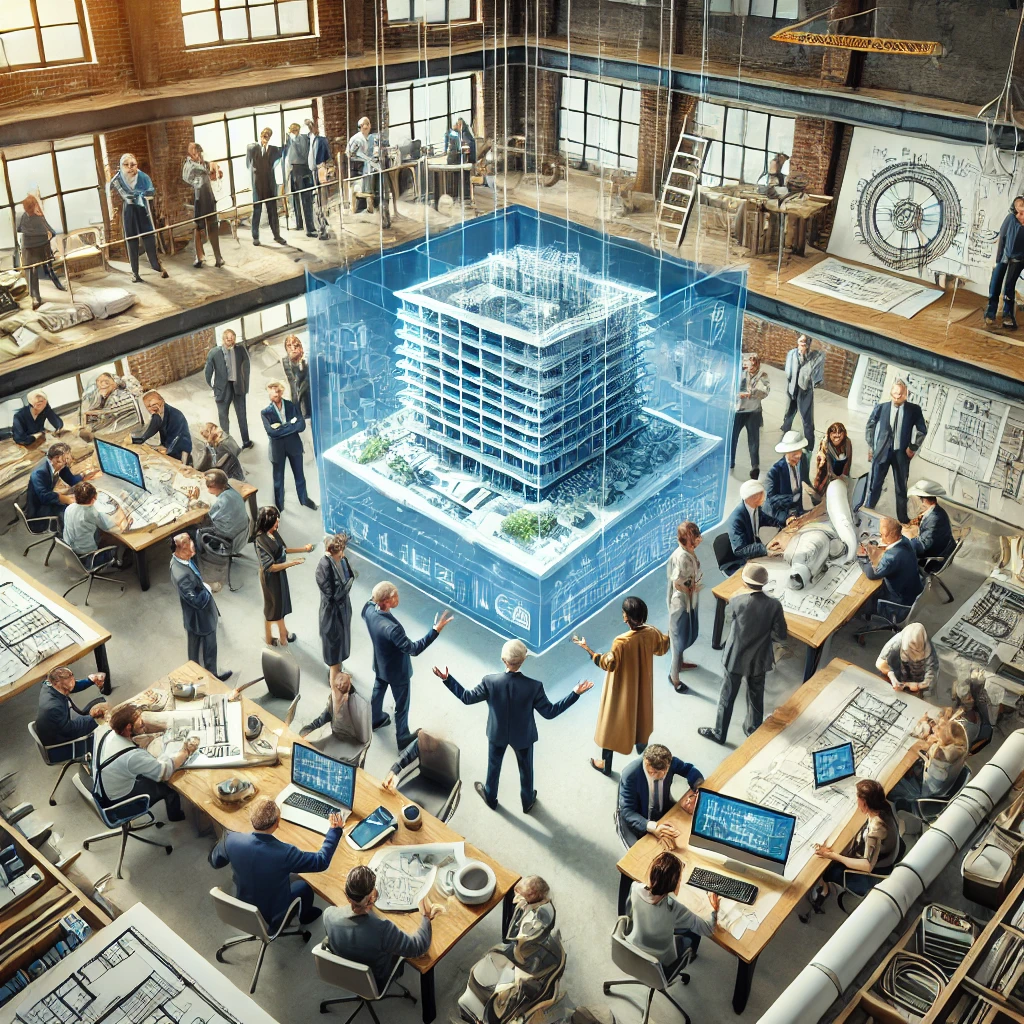
Collaboration Across Teams
- Interdisciplinary Communication: Facilitating discussions between architects, structural engineers, MEP (mechanical, electrical, and plumbing) engineers, and interior designers.
- Conflict Resolution: Identifying and resolving design conflicts early in the project lifecycle.
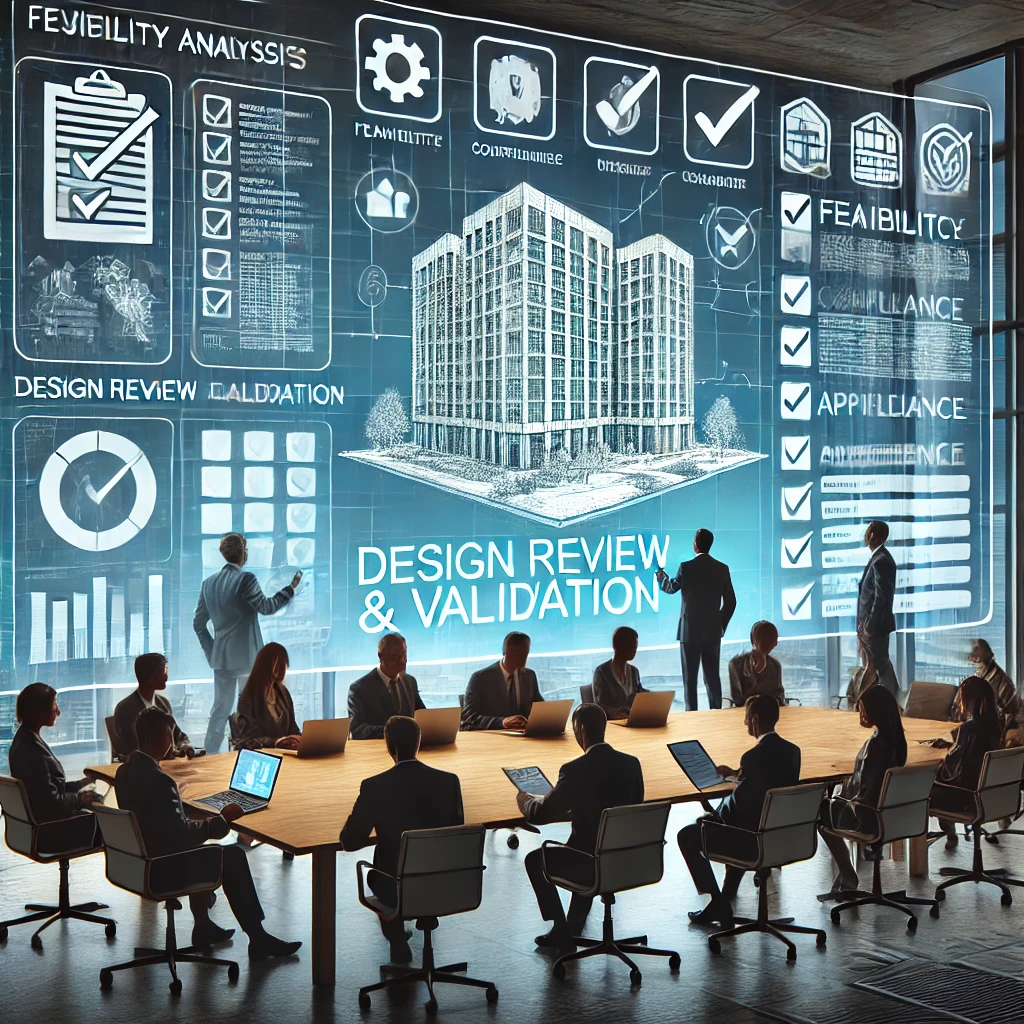
Design Review and Validation
- Feasibility Analysis: Ensuring that designs are achievable within the project's constraints.
- Compliance Checks: Verifying that designs meet regulatory and zoning requirements.
- Approval Process: Coordinating the submission and approval of design documents with stakeholders.
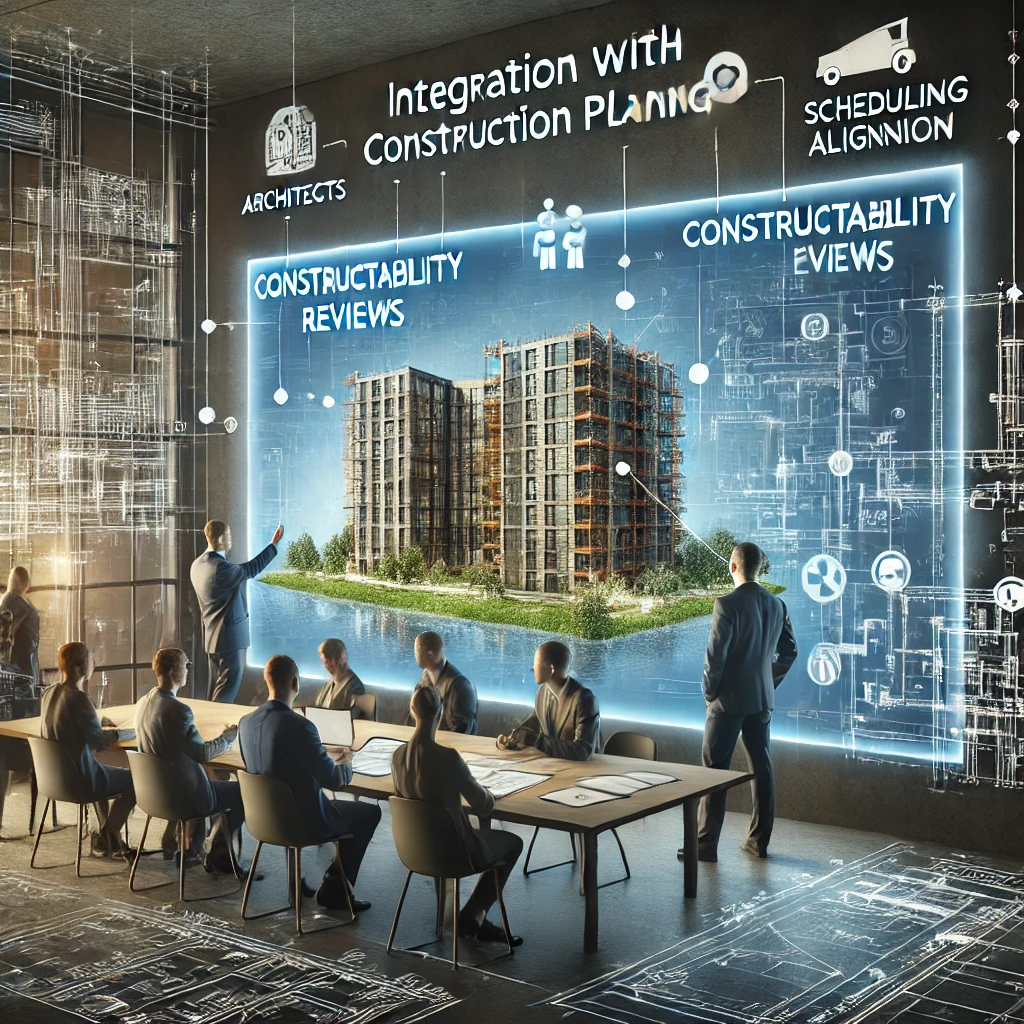
Integration with Construction Planning
- Constructability Reviews: Assessing whether designs can be efficiently translated into construction.
- Sequencing Alignment: Aligning design delivery with construction schedules to avoid delays.

BIM (Building Information Modeling) Integration
- Using BIM tools to create 3D models that enhance visualization and coordination.
- Detecting and resolving clashes between different building systems before construction begins.
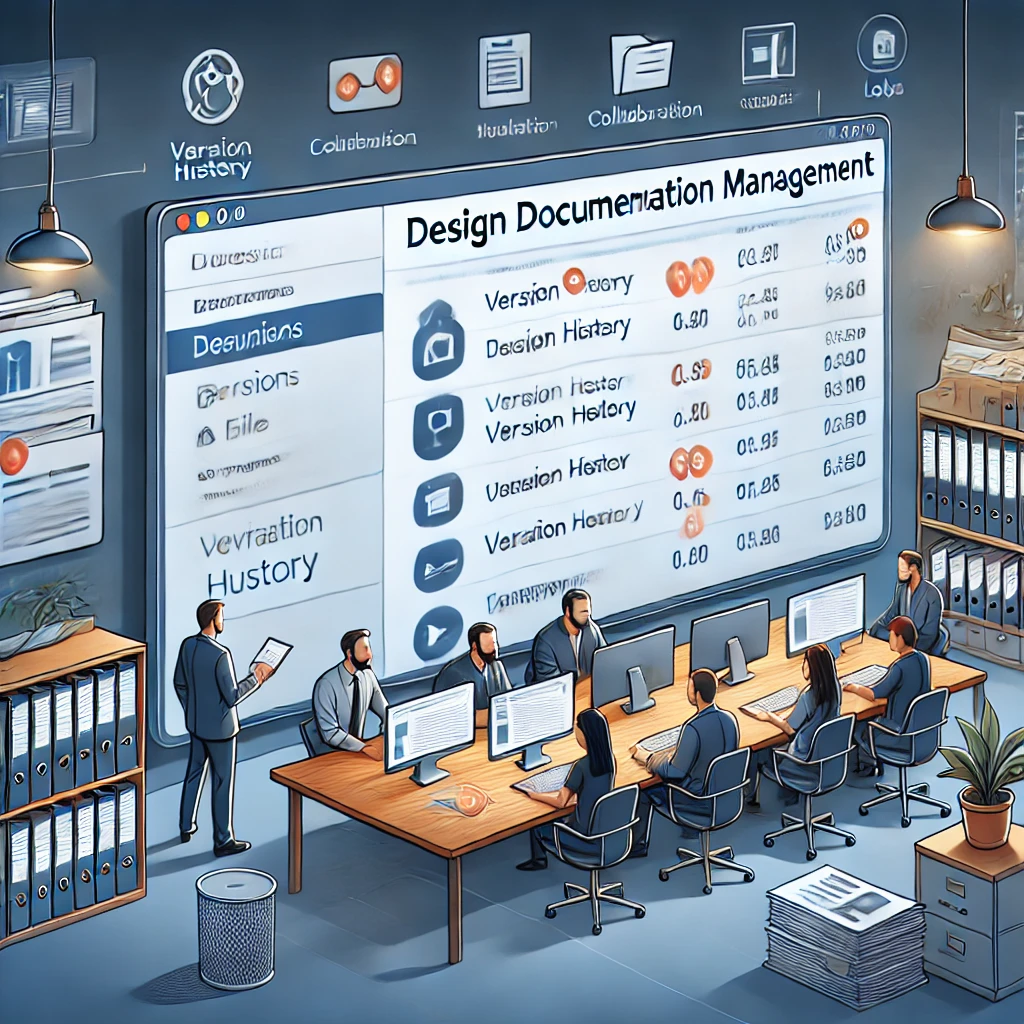
Design Documentation Management
- Maintaining organized records of all design-related documentation.
- Updating stakeholders on changes and revisions to avoid miscommunication.
Key Benefits
- Efficiency: Streamlines processes to reduce delays and inefficiencies.
- Cost Savings: Prevents costly errors through early identification of issues.
- Improved Collaboration: Enhances communication and alignment between all project teams.
- Quality Assurance: Ensures that designs and construction meet the highest standards.